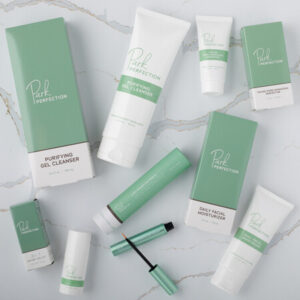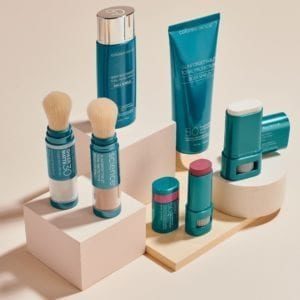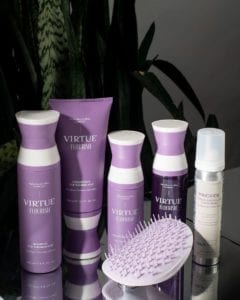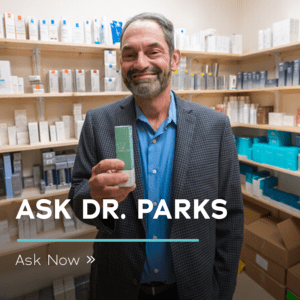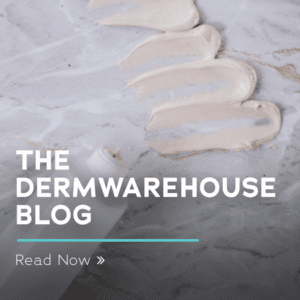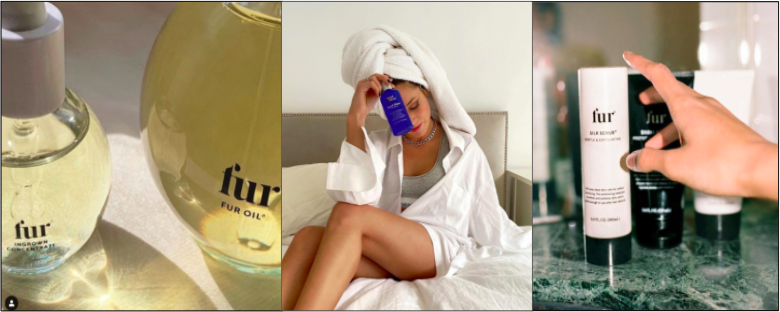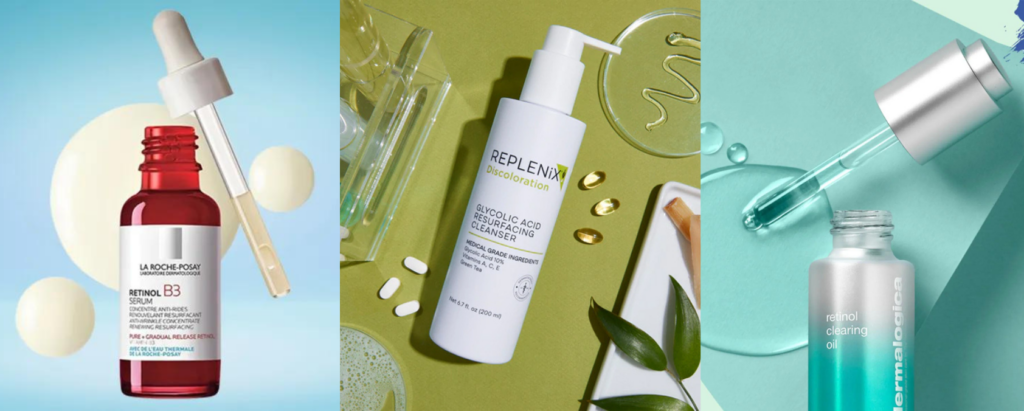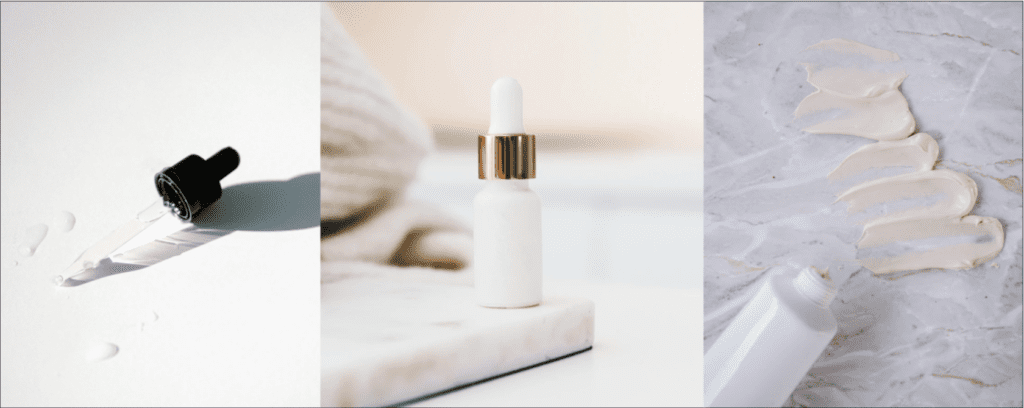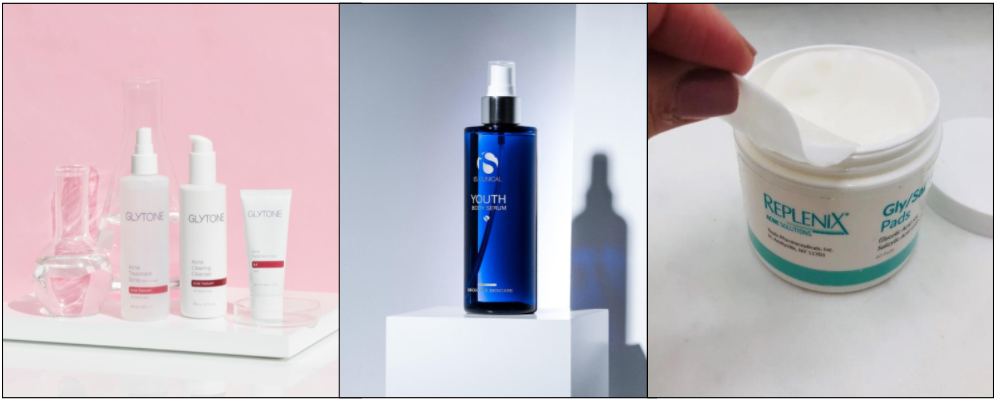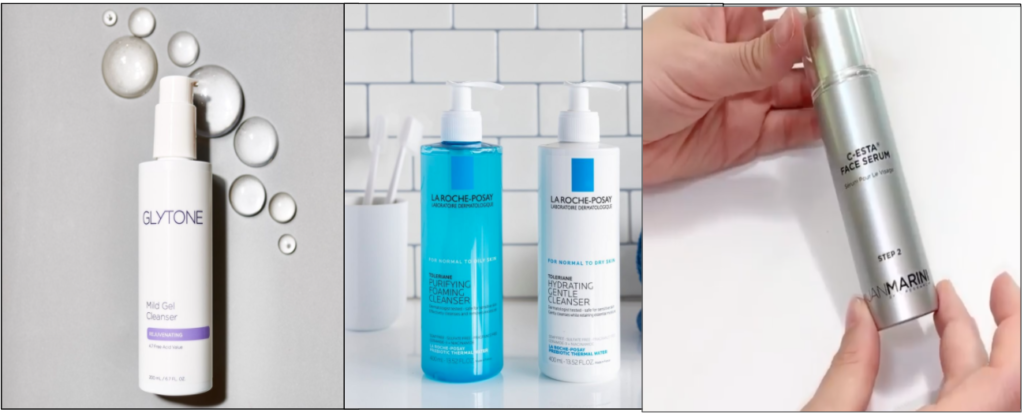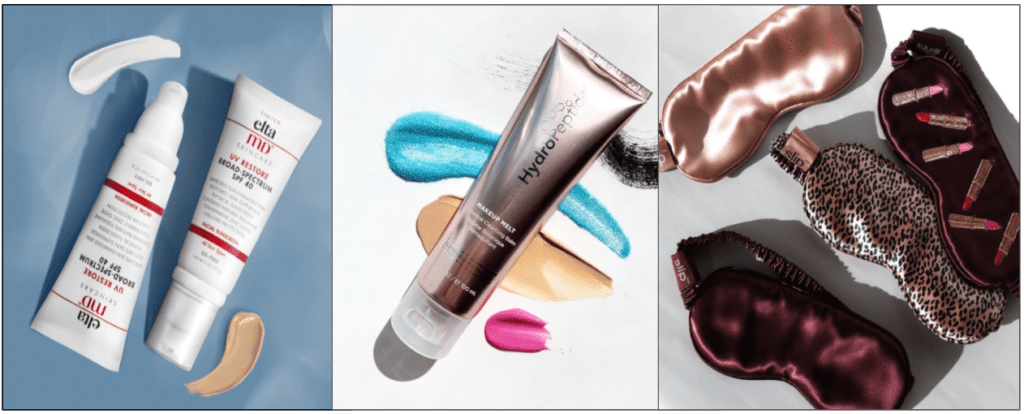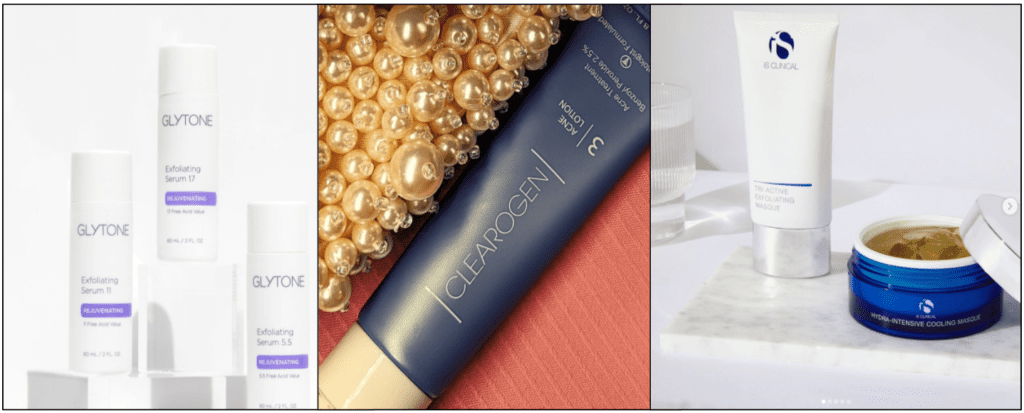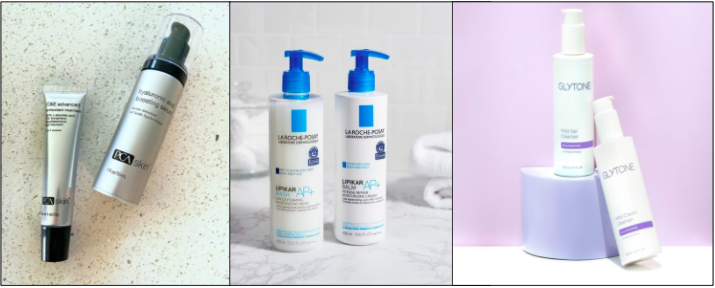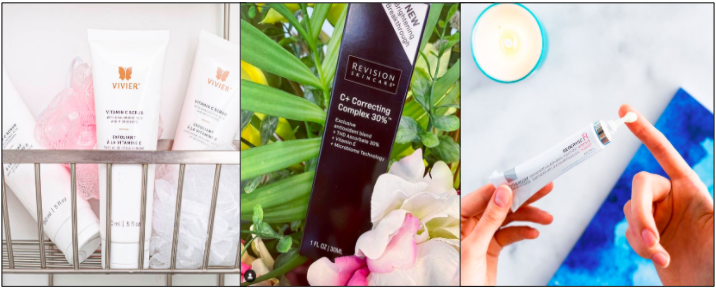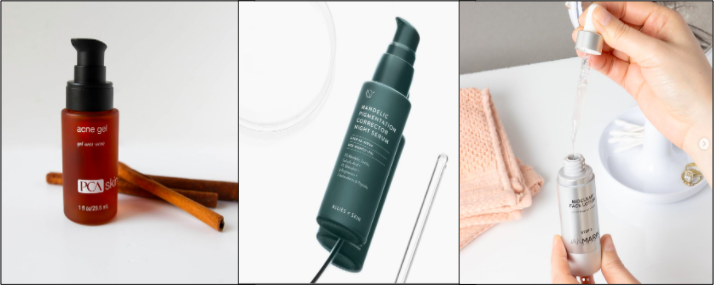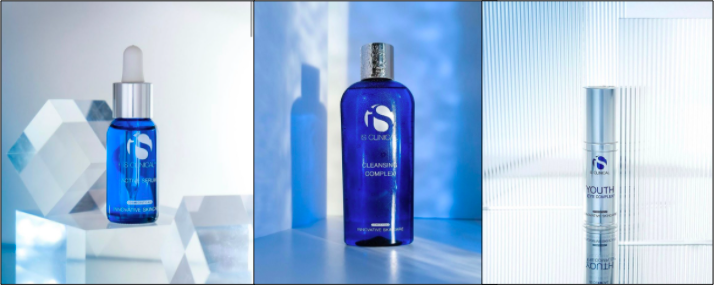Men and women alike struggle with the aftermath of hair removal; irritation, ingrown hairs and razor bumps. These concerns are usually unpleasant and can be a bother to your day, and they can happen whether you’re shaving your face or your legs, and they can also be difficult to get rid of. If hair removal is something that you decide for yourself, it’s important to take the steps to prep your skin correctly to avoid irritation or even infection. What causes these post-shave concerns, exactly?
What causes ingrown hairs?
Ingrown hairs are hairs that grow back into the skin, rather than growing away from it like you would expect. This can happen when you go to remove the hair follicle, and dead skin or bacteria clogs that hair follicle, causing it to grow sideways back under the skin. With an ingrown hair, you’ll often see a raised red bump that will often look inflamed. It may resemble a pimple or contain pus. It’s important to avoid popping these bumps, as that can lead to further inflammation or even infection.
What causes razor bumps?
Razor bumps can resemble ingrown hairs in that they’re raised red bumps that appear on areas of the skin after shaving or removing hair, hence the term “razor” bumps. However, razor bumps show up as more of a cluster, similar to a rash. Razor bumps are typically just irritation caused by shaving without proper lubrication, shaving aggressively, shaving with dull blades or just having sensitive skin. These bumps are not caused by ingrown hairs, and they tends to heal faster than them.
How can you help prevent and treat these conditions?
We often forget to fully care for our skin on our body like we do for our face, when in reality, it needs just as much TLC. Our skin may be especially sensitive on the areas where we remove hair. If you’re currently struggling from ingrown hairs or razor bumps, you’re probably looking for quick relief. In that case, you can turn to Tend Skin, which helps to reduce the appearance of ingrown hairs, razor bumps and redness that appear after shaving, waxing electrolysis or laser hair removal. This “liquid magic” contains Acetylsalicylic acid as its active ingredient, which is known to help unblock pores and soothe the skin. It can be applied before hair removal to protect the skin from irritation or after to help soothe and heal the skin. In addition, the Fur Ingrown Concentrate is known to eradicate ingrown hairs and razor bumps to soothe your irritated skin. This all-natural oil contains chamomile extract, coconut oil, tamanu oil and tea tree oil, and along with the included finger mitt results in smoother pores free of ingrowns and redness.
If you’re looking to prevent irritation before it happens, there’s a couple of steps you’ll want to take. It’s important to exfoliate your skin before any kind of hair removal, in order to make sure that there’s no dead skin or dirt lurking around that can get trapped in your pores. Fur’s Silk Scrub is an exfoliating treatment with ingredients including clary sage oil, glycolic acid, jojoba beads, lactic acid, papaya and pineapple enzymes to leave the skin smooth and clean. It’s also gentle enough to use post-hair removal as well. Next, you’ll want a good shaving gel to protect the skin while still allowing a close and even shave. The Tend Skin Air Shave Gelis a non-foaming gel that leaves your skin soft and hydrated and without irritation. Once you’re finished with your hair removal, you can add Fur Oil to soften the skin and hair follicles and prevent ingrowns and razor bumps with a lightweight blend of oils. Lastly, you can finish with a hydrating lotion to keep your skin hydrated and moisturized. Elta MD’s Lotion helps to retain the skin’s moisture and strengthen the skin’s protective barrier.
Whether or not you choose to remove hair on your body, it’s important to take care of all of the skin you have by keeping it hydrated, exfoliated and clean. Any of the above products can be used even if you’re not removing hair, in order to take care of the largest organ your body has.

